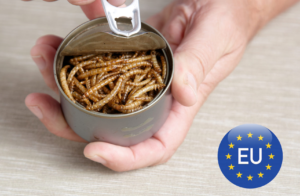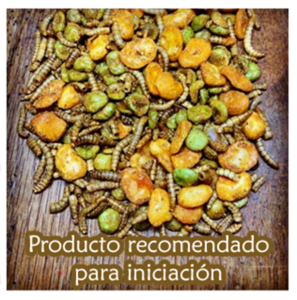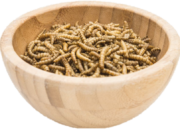02/06/2021

The EU has given the green light to the commercialization of the dried yellow mealworm (Tenebrio Molitor), as a new food, to be consumed whole as a snack, or as an ingredient in other food products.
A “new food” is considered to be one that was not significantly consumed in the EU before May 15, 1997, the date on which the first Regulation on novel foods came into force. According to this Regulation, any company that wants to start marketing a new food must obtain an authorization from the EU, an authorization that is only granted after a rigorous scientific evaluation carried out by the European Food Safety Authority (EFSA); these new foods must be safe and properly labeled.
 In this case, the EFSA concluded that the yellow mealworm is safe according to the uses proposed by the company that has applied for the authorization, although it can cause allergic reactions, in particular, in people with pre-existing allergies to crustaceans and dust mites. .
In this case, the EFSA concluded that the yellow mealworm is safe according to the uses proposed by the company that has applied for the authorization, although it can cause allergic reactions, in particular, in people with pre-existing allergies to crustaceans and dust mites. .
For FAO, insects as food have a special relevance in the 21st century due to the increasing cost of animal protein, food insecurity, environmental pressures, population growth and the growing demand for protein among the middle classes. Alternative solutions to conventional livestock need to be found and the consumption of insects contributes positively to the environment and to health and livelihoods.
The FAO also indicates that insects are a very nutritious and healthy food source with a high content of fats, proteins, vitamins, fibers and minerals. Therefore, they are an alternative source of protein that facilitates the change towards healthy and sustainable diets.
Following approval by the Member States in April, the Commission will adopt a Regulation authorizing this insect as food in the coming weeks.
Now it is up to consumers to decide whether they want to eat insects or not. The use of insects as an alternative source of protein is not new and insects are eaten regularly in many parts of the world.
Tenebrio Molitor is not going to be the only insect we see in the trade, as there are currently 11 applications for insects that are subject to a safety assessment by EFSA.


